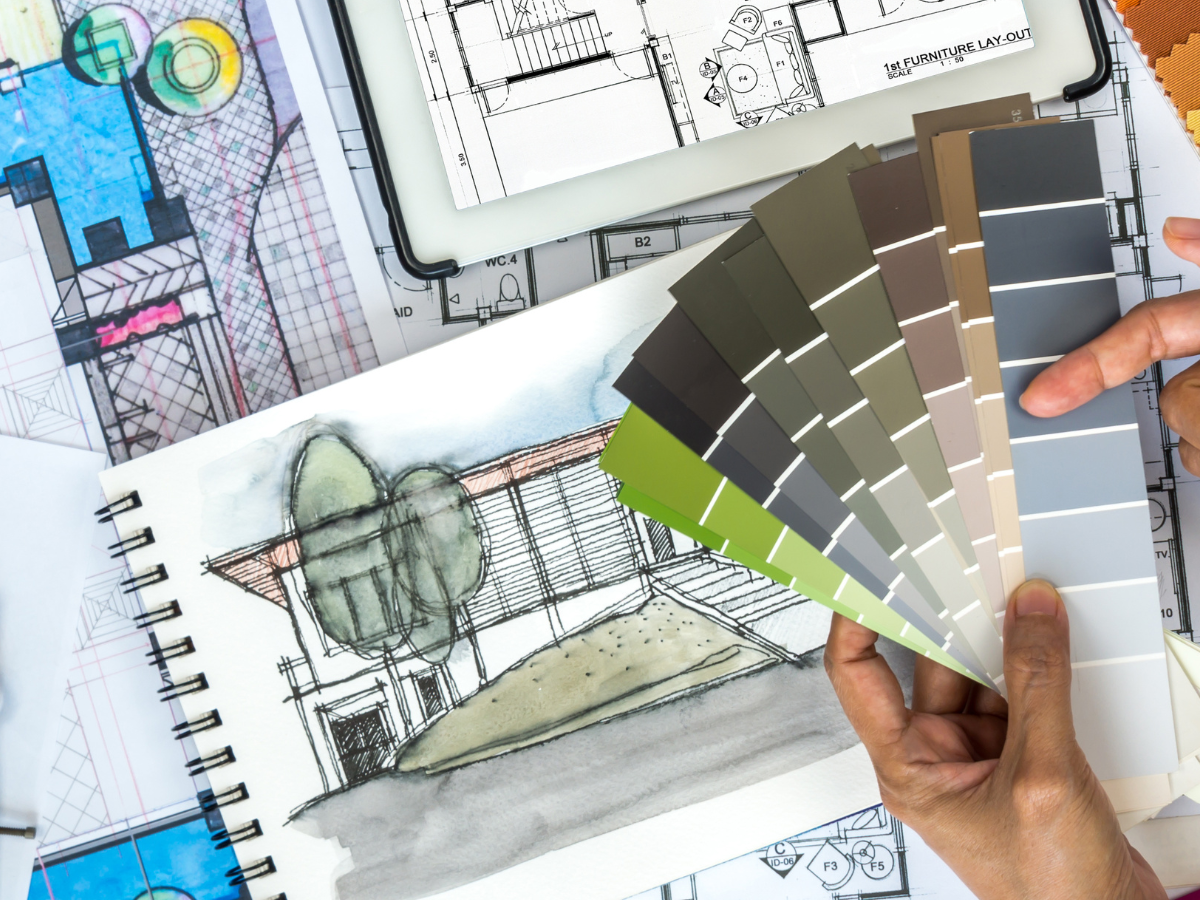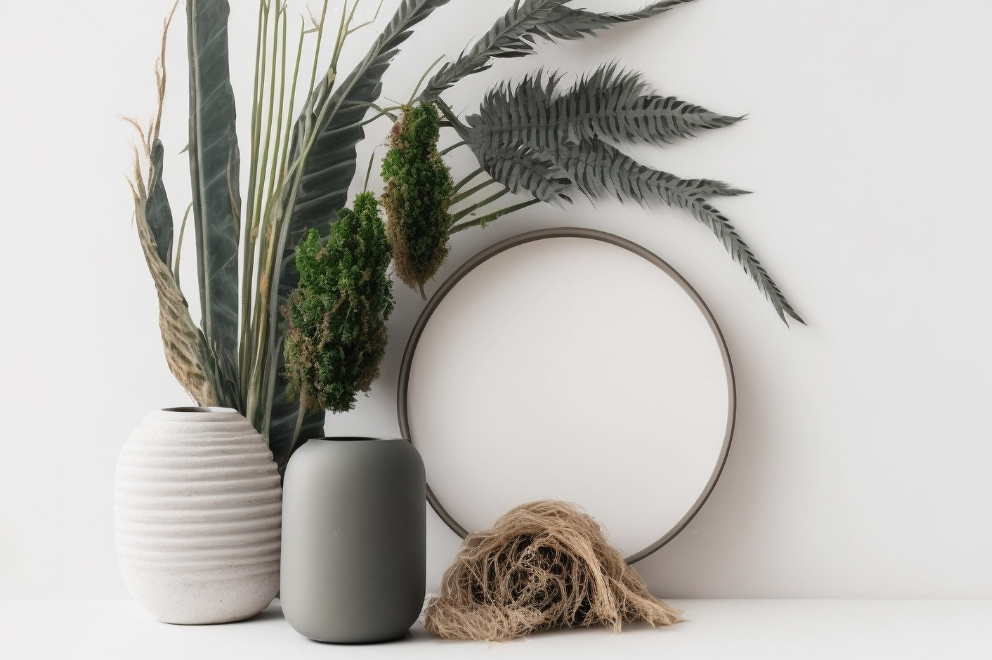
Looking to give your kitchen a fresh and stylish update? The backsplash might be the perfect place to start!
From bold patterns to subtle textures, your backsplash can transform the heart of your home into a space that reflects your personality and style.
In this blog, we’ll explore unique and trendy backsplash ideas that cater to every taste—whether you love a modern, rustic, or minimalist vibe.
Get ready to be inspired and find the perfect design to upgrade your kitchen and make it truly yours. Let’s jump into these creative ideas that are anything but ordinary!

Geometric patterns bring striking visual appeal to your kitchen. Bold, angular shapes in vibrant colors or contrasting tones can make the backsplash the centerpiece of your kitchen design.
Pair it with simple cabinetry to let the patterns shine. This trend works particularly well in modern or eclectic kitchens, offering a creative touch that energizes the space.
Choosing the right kitchen backsplash is all about finding a style that complements your personality and your home’s vibe.
Whether you’re drawn to bold patterns, timeless classics, or innovative designs, there’s a trend to inspire every taste.
A well-chosen backsplash not only protects your walls but also transforms your kitchen into a stunning focal point.

James Sullivan, an architect with a degree from the University of Texas, has focused on sustainable beach house designs since 2013. He joined our team in 2020, weaving his expertise into articles that emphasize harmony with nature. James enjoys scuba diving during his weekends.

Hi there! I’m Aisha Harper. With a background in exploring breathtaking destinations and a deep appreciation for creating warm, inviting spaces, I’ve combined my passion for adventure and home into a fulfilling career. From scaling mountains to styling living rooms, I love blending the thrill of the outdoors with the comfort of home, inspiring others to do the same.